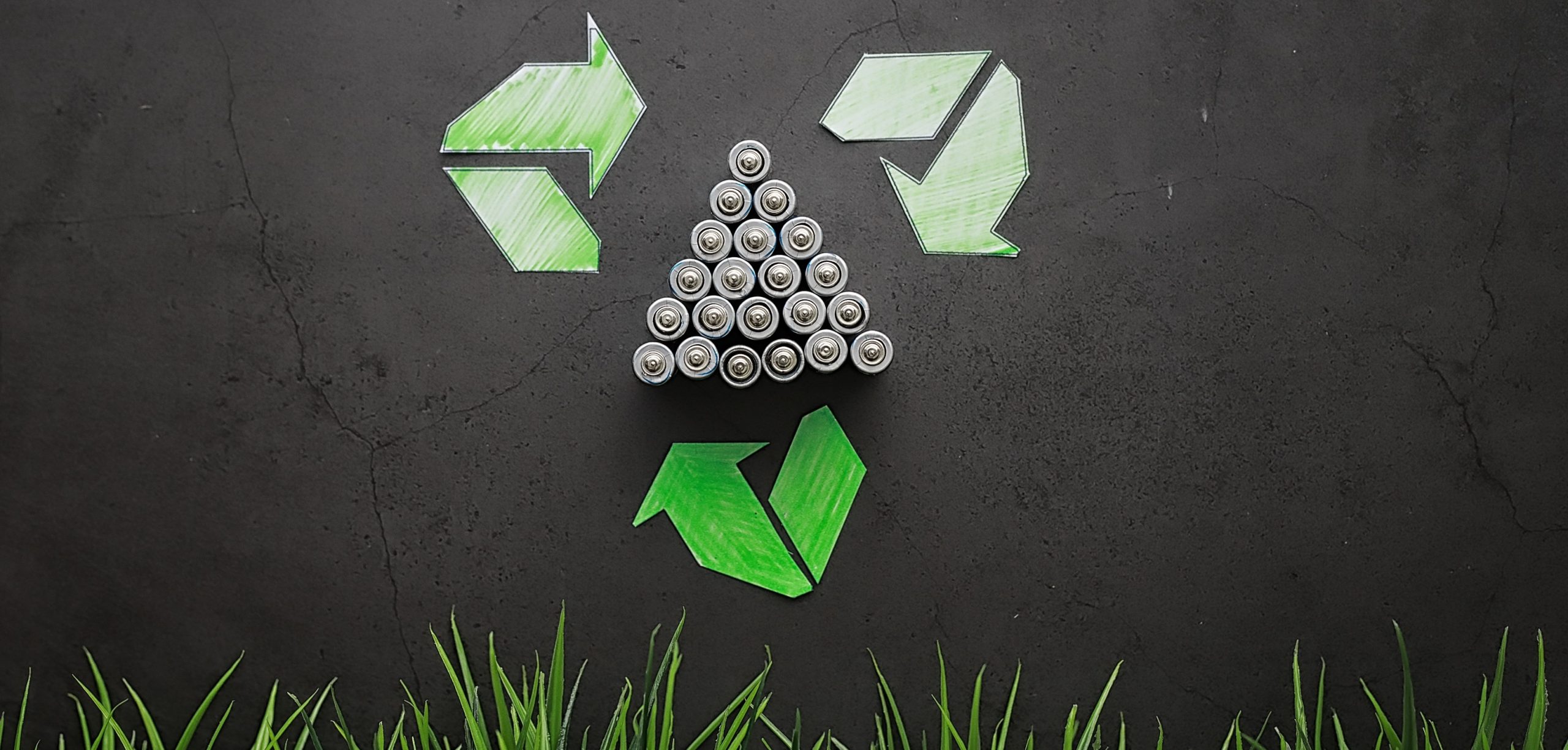Nature Electronics, Jessika Luth Richter, Lund University, Lund, Sweden
Click here for access to the full article.
Electric vehicles could help reduce greenhouse gas emissions and deliver a sustainable transport system. But the full life cycle of electric vehicles needs to be considered in order to avoid creating resource issues while trying to achieve the necessary climate goals.
- The steel and aluminium used in the transport sector represent around 17%1 and 27%2 of the global use of these materials respectively, most of it in vehicles; and the share of plastic in vehicle compositions continues to increase, bringing with it problems related to fossil fuel feedstocks3.
- So far, product policies have mainly focused on hardware products, but with increased electronic integration and vehicle autonomy, software can — and should — also support circularity measures including longer lifetimes, repair and maintenance.
- Under idealized conditions, it has been estimated that recycling end-of-life electric vehicle batteries could provide 60% of cobalt, 53% of lithium, 57% of manganese and 53% of nickel needed globally in 204014. But we are currently far from such an ideal scenario.
- Distribution of value, as well as distribution of costs, also needs to be discussed when designing circular economy policies and strategies for electric vehicles.








